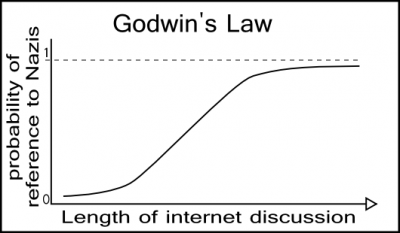
There’s been a lot of panic lately from webmasters about Google’s recent announcement that they’re going to be defaulting logged in searchers to secure search. Metrics and SEO gurus instantly realized that this change would mean a loss of refer data from search – specifically what keyword the visitor used.
Despite what Google’s real erasons may be, this change started as a privacy feature but has quickly caused SEO’s everywhere to run screaming.
But it got me asking – just how much of my traffic will this actually affect? So I went about finding out.
Since the feature hadn’t rolled out yet and since google SSL doesn’t pass any referers anyway, I had to figure out a way to detect who was logged into Google. I found 3 methods for doing this. I won’t provide the code or intricate detail, but I’ll briefly describe them.
The first involved linking to an image that you had to be logged in to a Google service to see, then using some jquery to see if the image loaded. A pain in the ass and way too long to code. The next best involved using a Google+ API, but not everybody (see apps users) has Google+ yet so that wouldn’t be fair either.
I settled on exploiting Google adsense re-targeting. Not 100% ideal, but should give me a pretty good picture. Basically, for adsense to re-target you the browser has to pass your cookie back to the website running adsense. That’s detectable and that’s what I did. (again, this is NOT fully tested, so if you see a gaping hole here please let me know.) Also of note, I did this on a different site of mine, not this one.
A quick 3 lines of PHP and a _gaq.push later and I was tracking it in Google Analytics.
In a 2 day span (Saturday and Sunday – normal traffic lows for me anyway) I had 8,980 unique visits. Of those, 2,103 had a Google cookie set. That’s 23.4% of all my visitors.
But let’s not panic yet
That’s 23.4% of ALL visitors. They could have searched, typed in my URL, or followed a link.
When I look at just visitors from Google.com that were logged in, that number shoots up to 30% (2068 out of 6538 – yes most of my traffic indeed does come from Google.) That’s a pretty high number!
Is there reason to panic? Probably not just yet. While my tests show 30%, Google claims this number will most likely be about 10%. Since the change only applies to Google.com users and not toolbar searchers, I can see the disconnect – however if Google decides to roll this change out to any Google user who’s logged in, no matter how they search, then I do see it becoming an issue.
10% won’t change your data enough to make it less actionable. Neither will 30%, however what worries me is the difference in behavior I noticed between logged in Google users and regular users. It’s quite possible that this change may affect areas other than just your keyword reports.
Here’s some more interesting insights about logged in Google users.
- less than 1% of Yahoo and Bing visitors were logged in to Google
- Logged in users had twice as many pageviews per session and spent twice as long on my site.
- Logged in users had an almost 0% bounce rate, as compared to a 50% bounce rate overall
- Logged in users were 20% more likely to be a repeat visitor.






